ClimatE
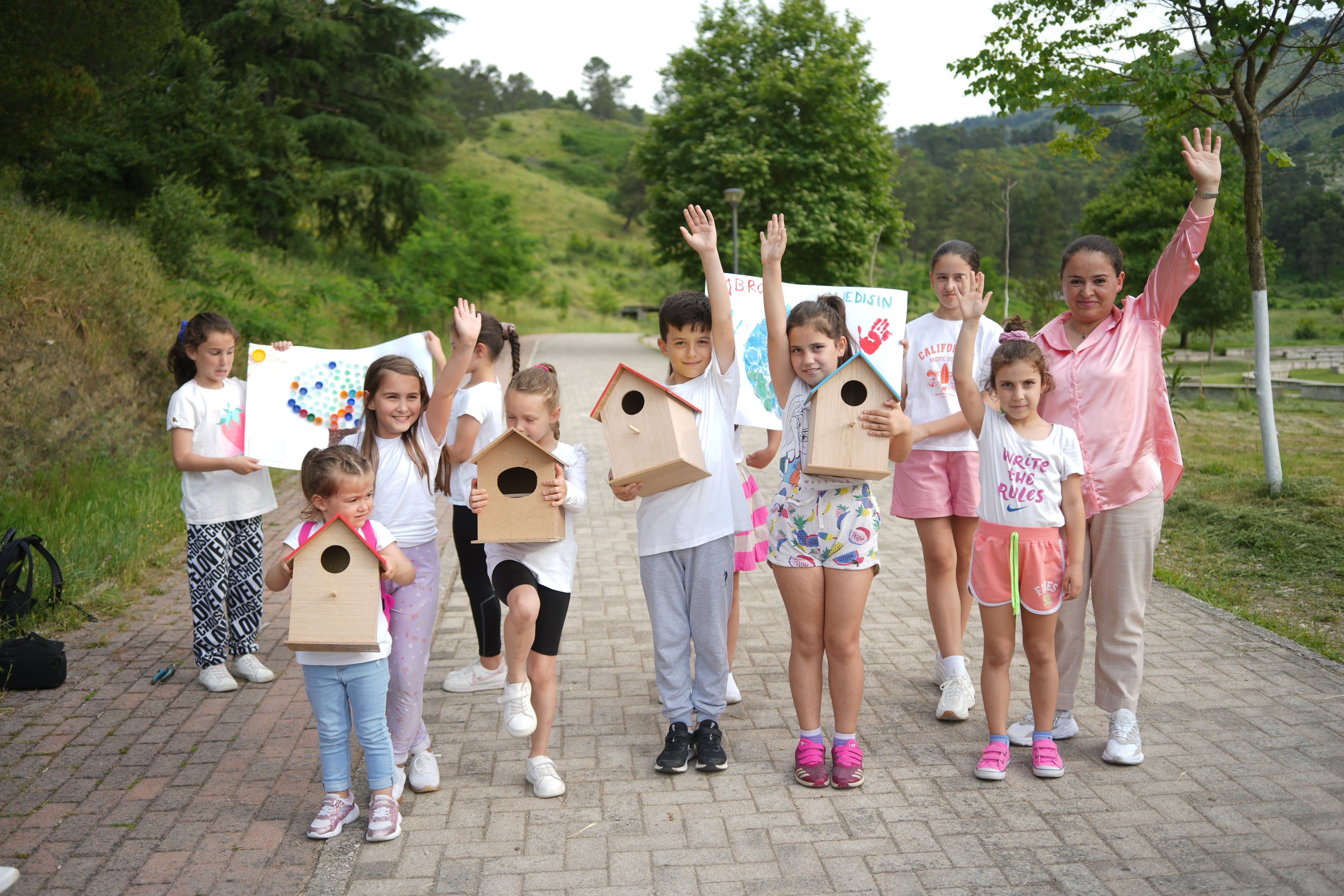
In 2023, Europe saw heatwaves and wildfires, across the continent and globally. Six young Portugese people aged 11–24, from areas where wildfires killed more than 100 people in 2017, confronted 32 European governments in September, alleging in the European Court of Human Rights (ECHR) that their failure to act fast enough on climate change is a violation of their human rights. Children’s bodies and minds have a unique vulnerability to events caused by climate change, such as extreme weather, air pollution and diseases. Children and their voices need to be at the centre of EU climate action.
The European Green Deal is an economic growth strategy – a set of policy initiatives aiming to make the European Union climate-neutral by 2050. EU plans include green citizen dialogues, but there’s no mention of children’s inclusion in these. This must change if the strategy is to support a socially just period of growth, in which no one is left behind.
ADVOCACY
ALBANIA
The theatrical show Windmill was conceived, written, and performed on stage by the children of Voice 16+ in Elbasan. Their performance addressed effects of climate change and economic inequalities on children, emphasizing their right to a healthy environment, the importance of alternative energy sources, children’s participation in decision-making, and the necessity of support and investment for children and young people. The show was attended by local and central authorities.
Children participated in a listening session in Albanian Parliament with the MPs in the Friends of Children group. They expressed concerns about their rights, climate change, and economic inequality.
A member of a Child-Led Group participated in a national TV show to present the global report of Generation Hope and the policy briefing made by Save the Children, on how climate change affects the rights of girls.
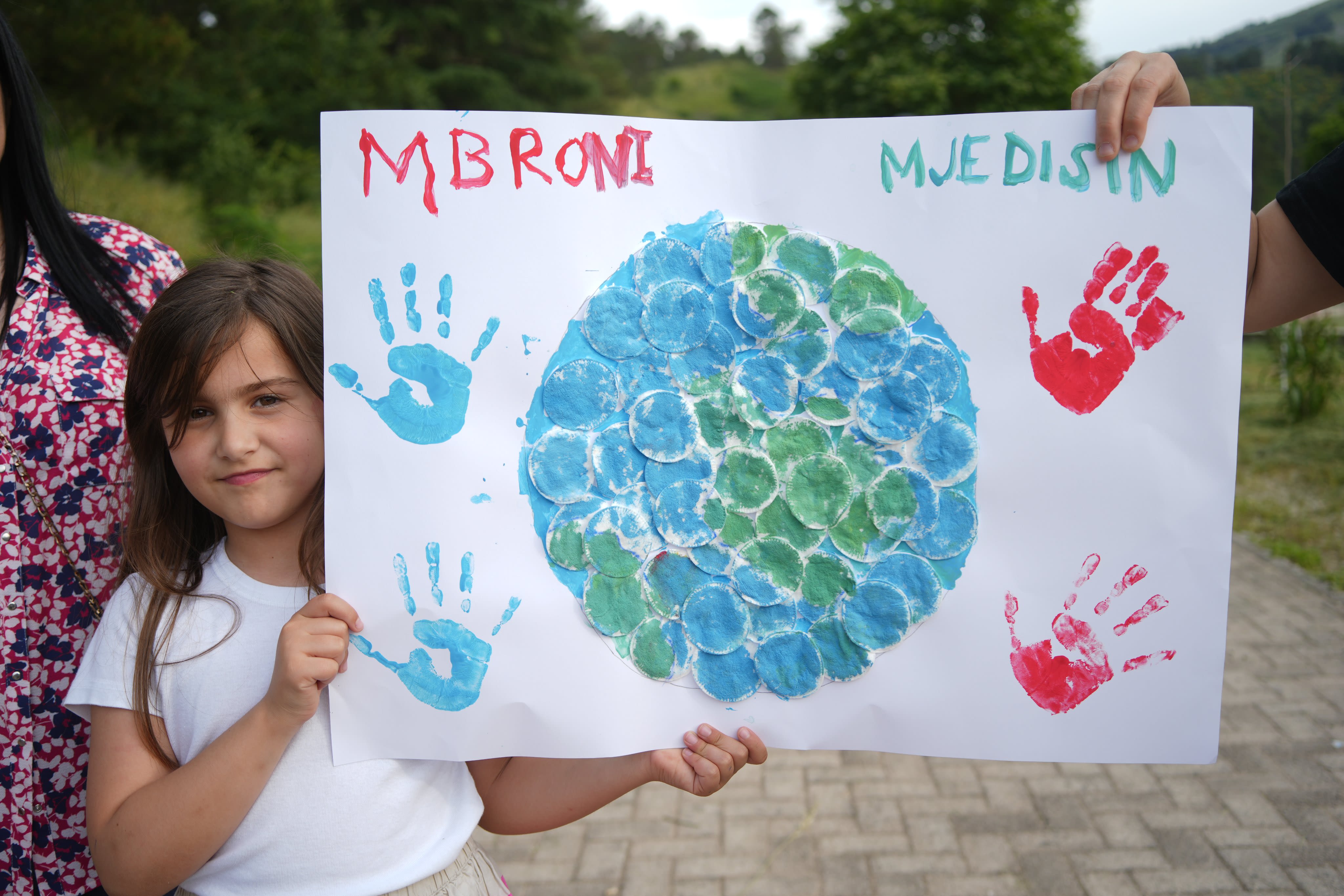
Photo: Save the Children Albania
Photo: Save the Children Albania
DENMARK
From October this year, with Denmark’s report to the UN Committee on the Rights of the Child upcoming, Save the Children Denmark led on the civil society report to the Committee. Together with UNICEF, we reached out to green youth organisations in Denmark to get input from children and young people on their views on the most important climate issues in Denmark to be included in the report.
ITALY
Environmental advocacy is a high priority for the Youth Movement now, and they are working in direct contact with the international advocacy of Save the children.
Achievements in 2023 include: consolidated dialogue with national and international institutions, together with around 15 youth associations active in the fight against climate change; five concrete proposals developed and presented to the Minister for Energy Security in October; and participation in the Youth4Climate event and COP28 in Dubai in December, where two Youth Movement delegates managed a dynamic, game-based panel in the Children and Youth Pavillion entitled Climate Action Crossword: Empowering Change.
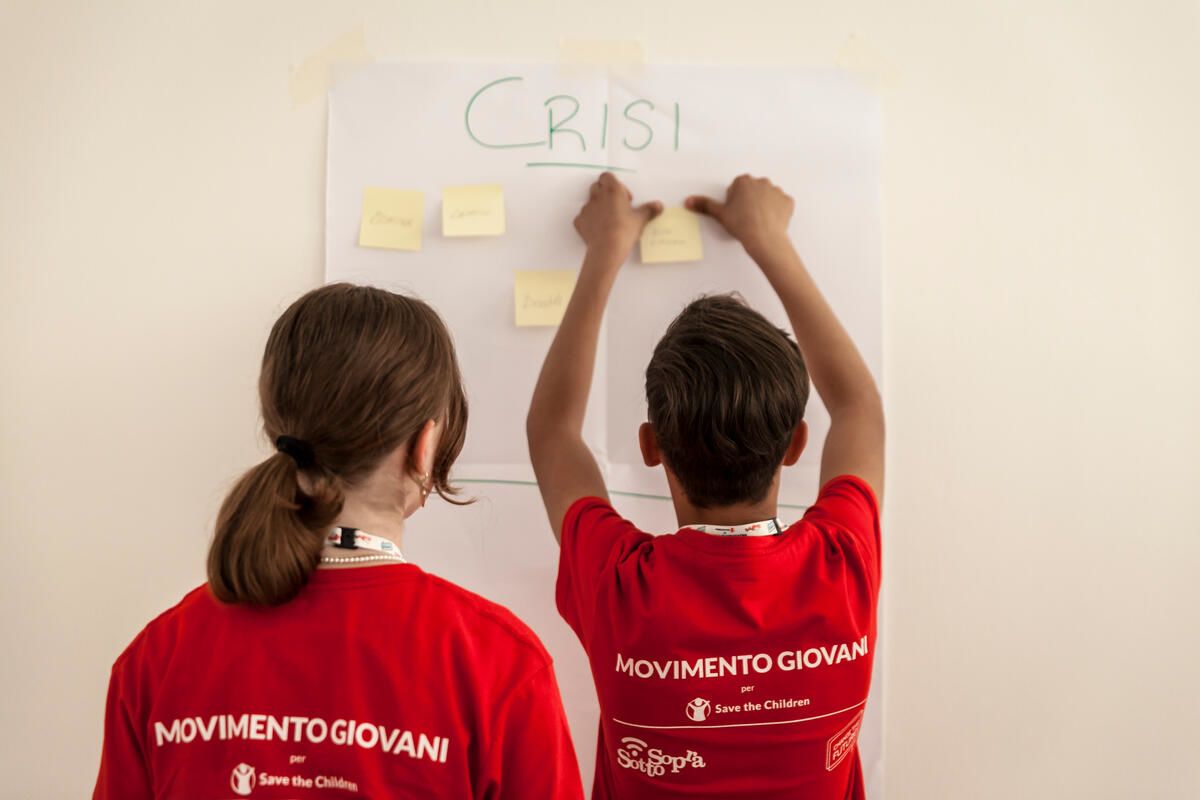
Photo: Save the Children Italy
Photo: Save the Children Italy
KOSOVO
Children from child-led groups, supported by Save the Children Kosova/o and partners Syri i Vizionit and Nevo Koncept, have drafted a report called “The Changes We Want to See” which documents commitments made by duty-bearers and assessed their implementation levels. The report highlights specific calls from children stressing the importance of addressing issues directly impacting their lives. To mark UNCRC day on November 20, children launched and presented the report as an annex to the Young Voices Report during the meeting of the Inter-ministerial Committee for Children’s Rights. Children specifically emphasized the low awareness of climate change among young people and the need to address it by integrating climate education into the school curriculum.
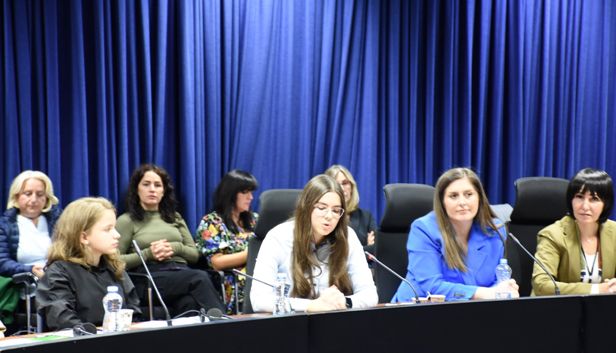
Photo: Save the Children Kosovo
Photo: Save the Children Kosovo
North-west BALKANS
Save the Children NW Balkans is working with 10 pilot primary schools in Bosnia and Herzegovina to bring climate change education into the curriculum. We’re also building the capacity of schools and teachers in climate change adaption and environmental protection, developing a manual for teachers on how to integrate climate change topics, and supporting children to self-advocate on climate change issues. Save the Children NW Balkans expects to replicate this model in other locations in 2024.
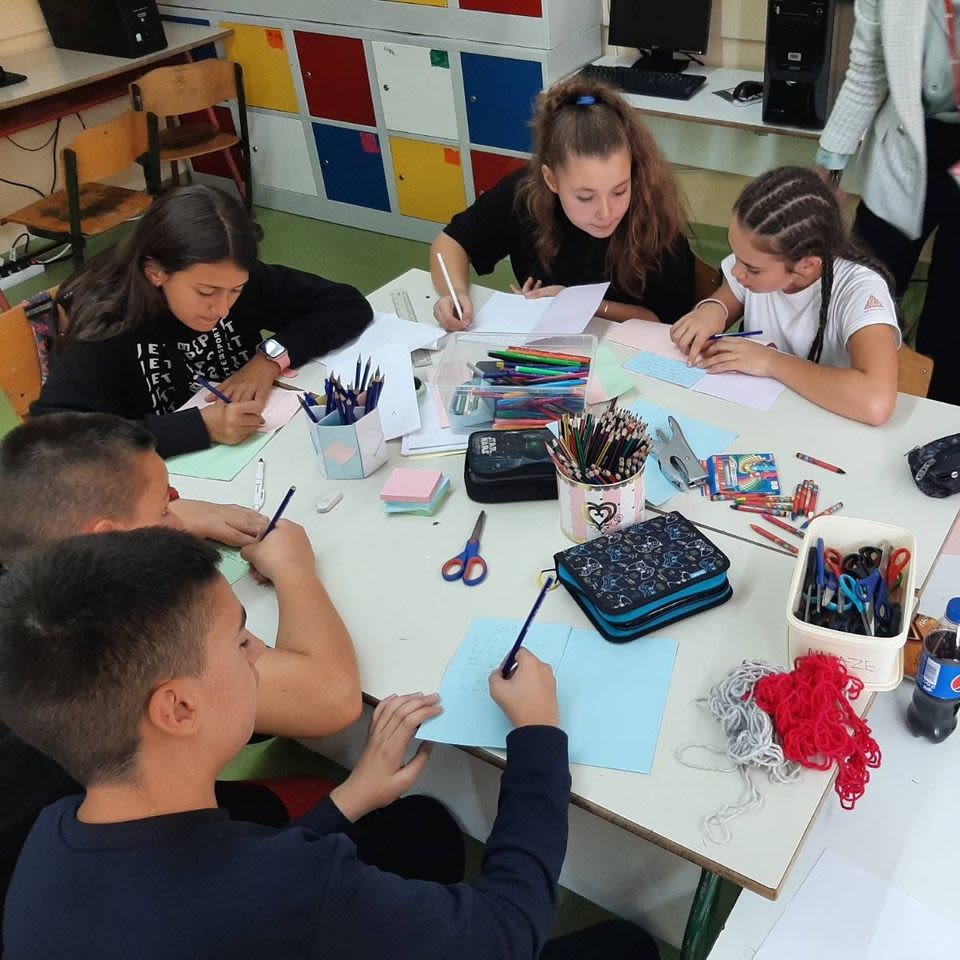
Photo: Save the Children North-West Balkans
Photo: Save the Children North-West Balkans
THE NETHERLANDS
Save the Children Netherlands successfully advocated for the inclusion of 16–18-year-olds in the design of Burgerforum – a Citizen's Assembly on Climate and Energy policies. We’ll continue to advocate for younger children to be involved too.
In May, we commissioned a report on the status of youth participation in climate policies in The Netherlands that was presented to the Minister for Climate and Energy.
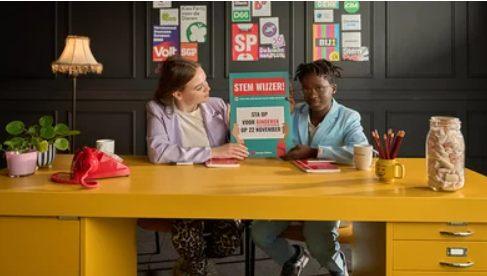
Photo: Save the Children Netherlands
Photo: Save the Children Netherlands

Programming

Photo: Save the Children Denmark
Photo: Save the Children Denmark
Denmark
Our climate work is a cross thematic at Save the Children Denmark, from bringing recyclable children’s clothes and products into our thrift shops, and running summer camps with activities in nature.
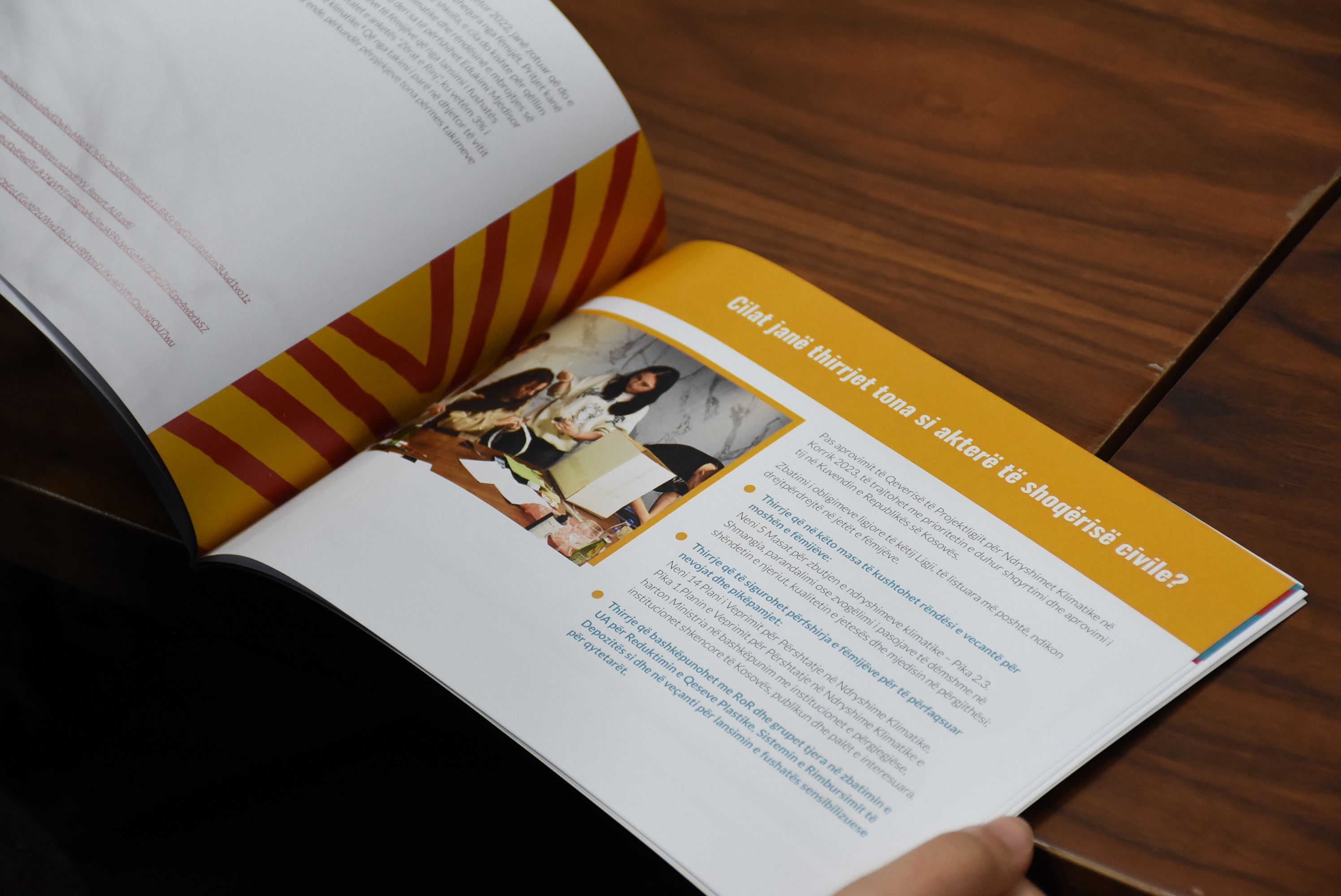
Photo: Save the Children Kosovo
Photo: Save the Children Kosovo
Kosovo
Save the Children Kosovo is part of the Generation Hope Campaign, which raises awareness and strengthens children's capacity to advocate on environmental issues and the effects they have on the psycho-physical development of children.
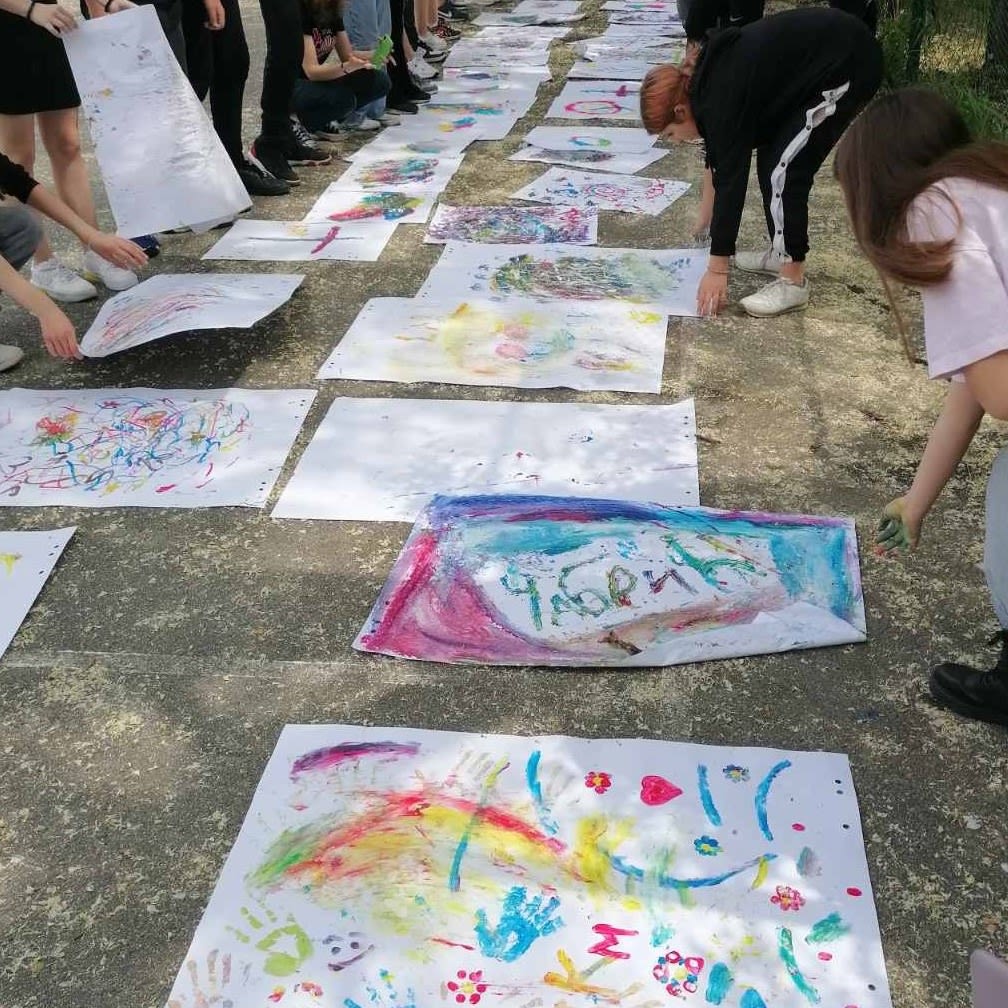
Photo: Save the Children North-West Balkans
Photo: Save the Children North-West Balkans
North-West Balkans
Our ’Schools as green zones’ project builds on a pilot phase in two schools, and on our previous disaster risk reduction work with educational institutions. Its aim is to scale up and enhance capacity and knowledge of climate change adaptation, mitigation and prevention in another 8 schools.
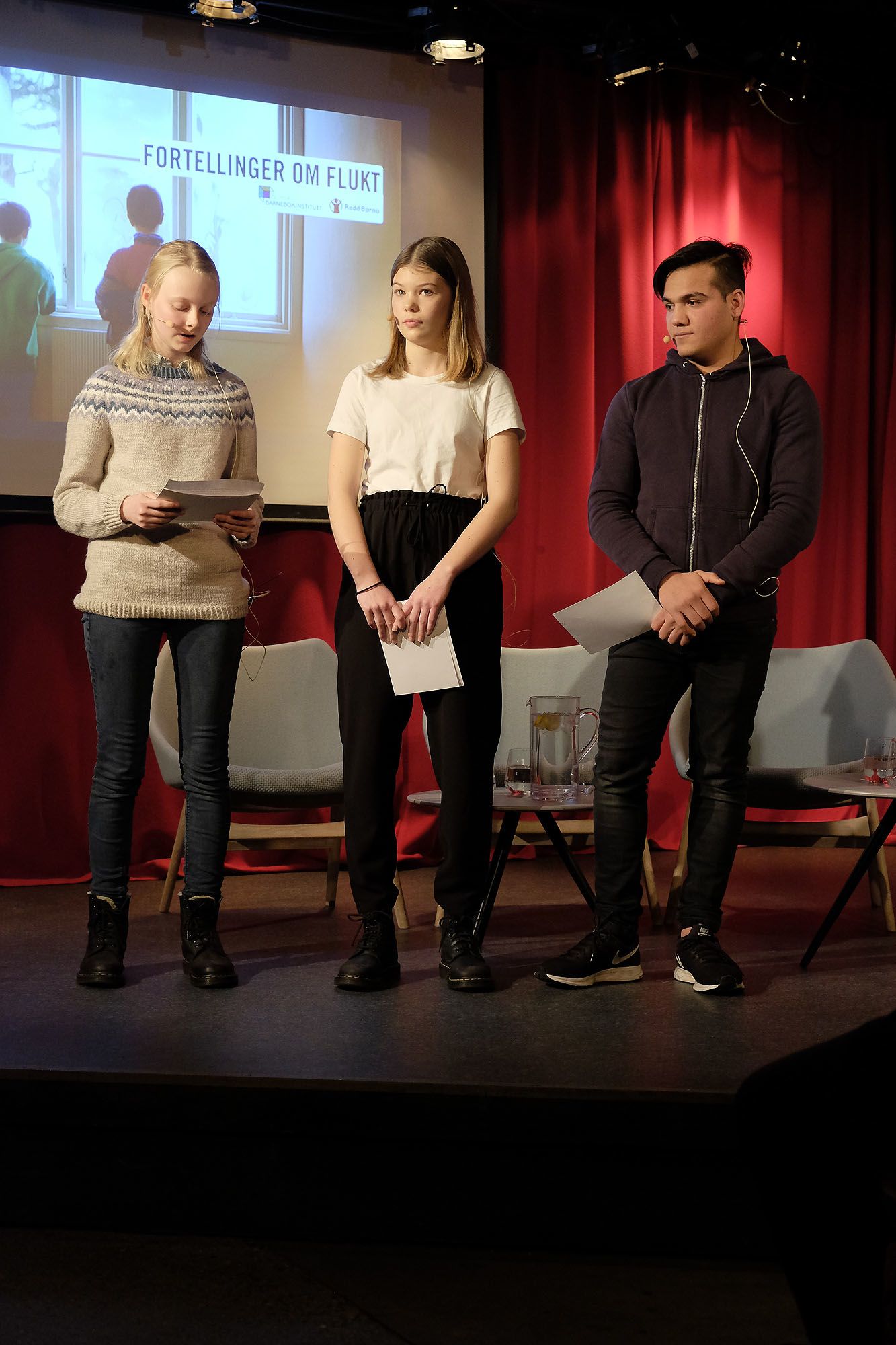
Photo: Save the Children Norway
Photo: Save the Children Norway
Norway
‘The Magical Classroom’ is a digital interactive learning platform for pupils aged 10–15, helping children engage with and reflect on global topics. Through films, pictures, games and quizzes, they explore sustainable development and child rights, how climate change is affecting them and how they can work against this locally. Many schools are already using it – it’s free of charge, universally designed and available in Norwegian and 3 Sami languages. The project runs from 2021 to 2025.
